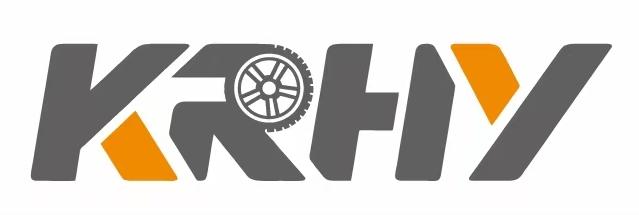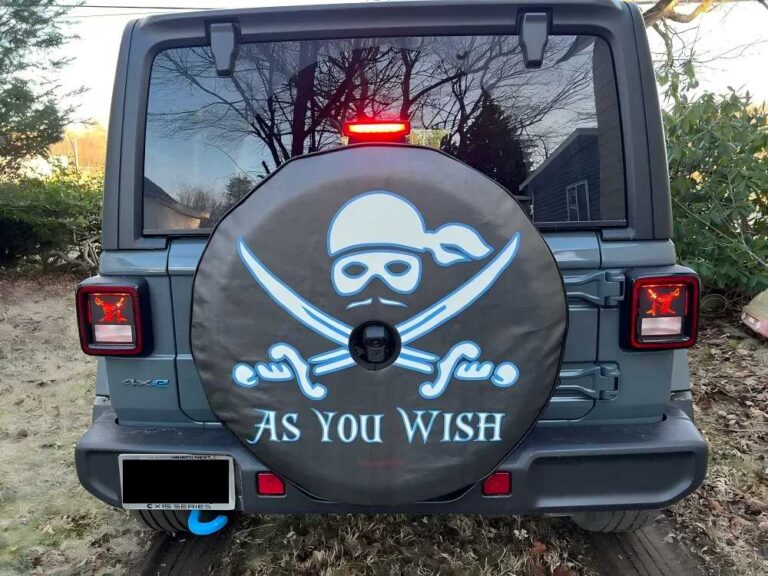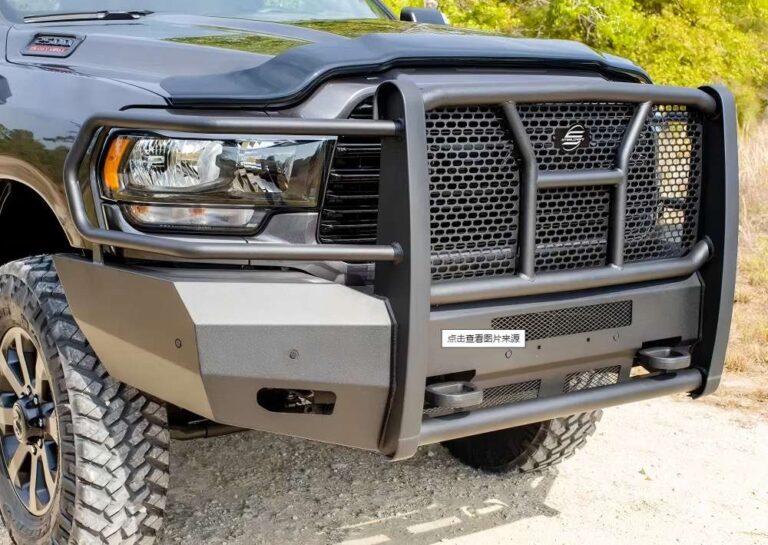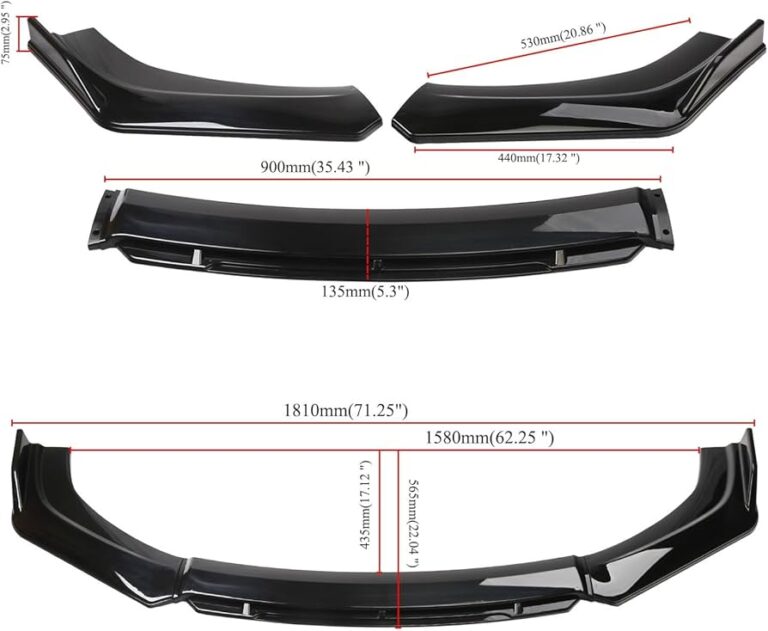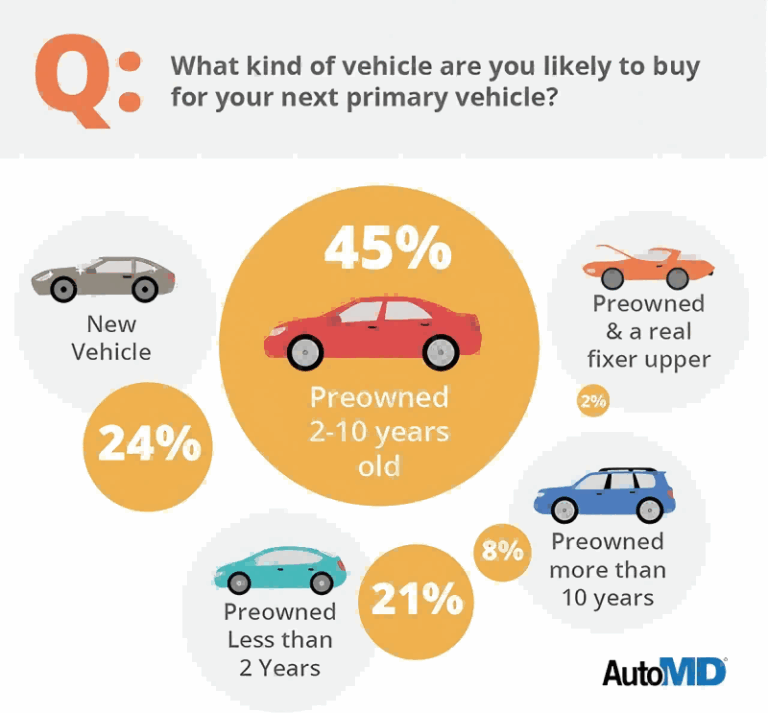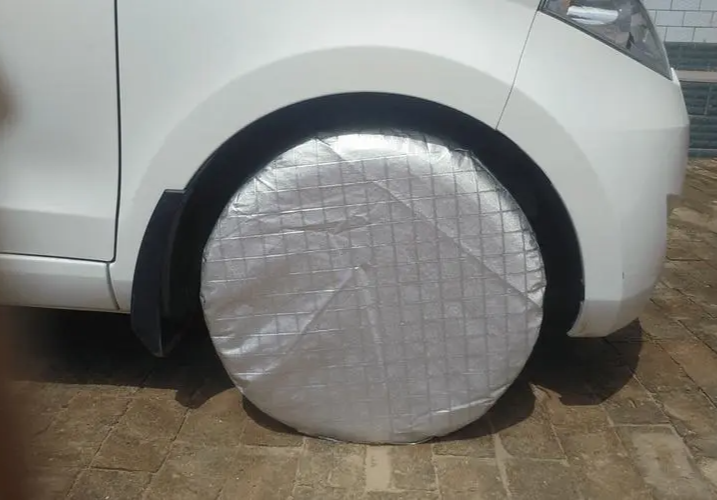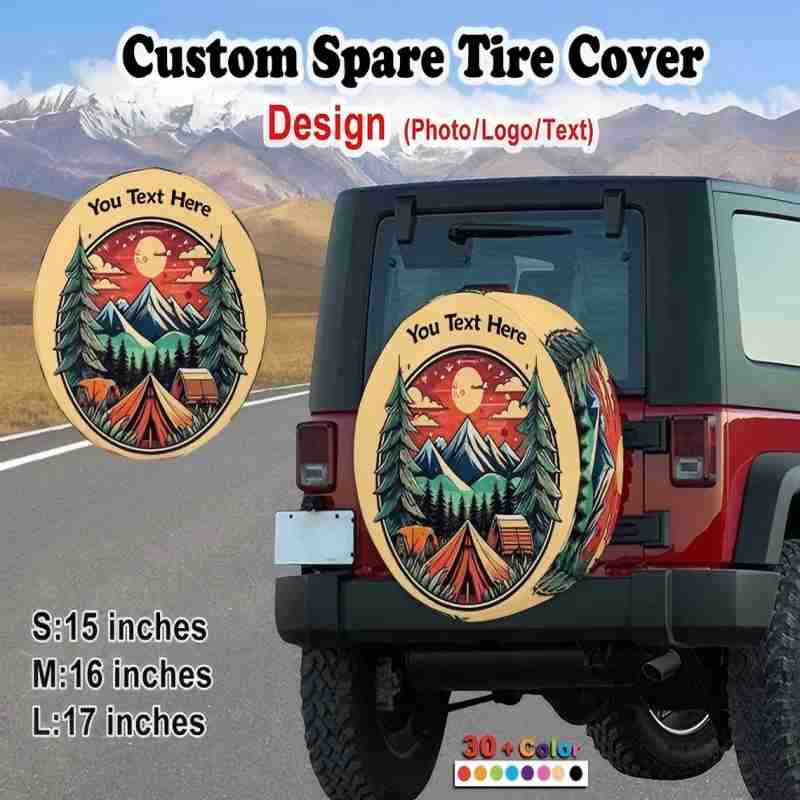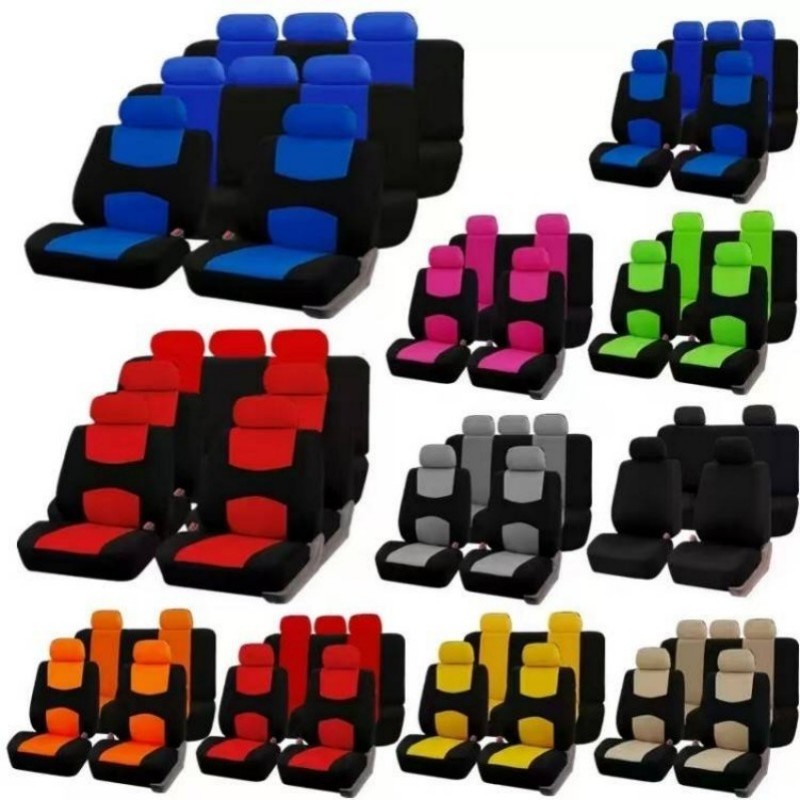-
Синьмин Роуд, Янюань, Синьтан, Шуньдэ, Фошань, Гуандун
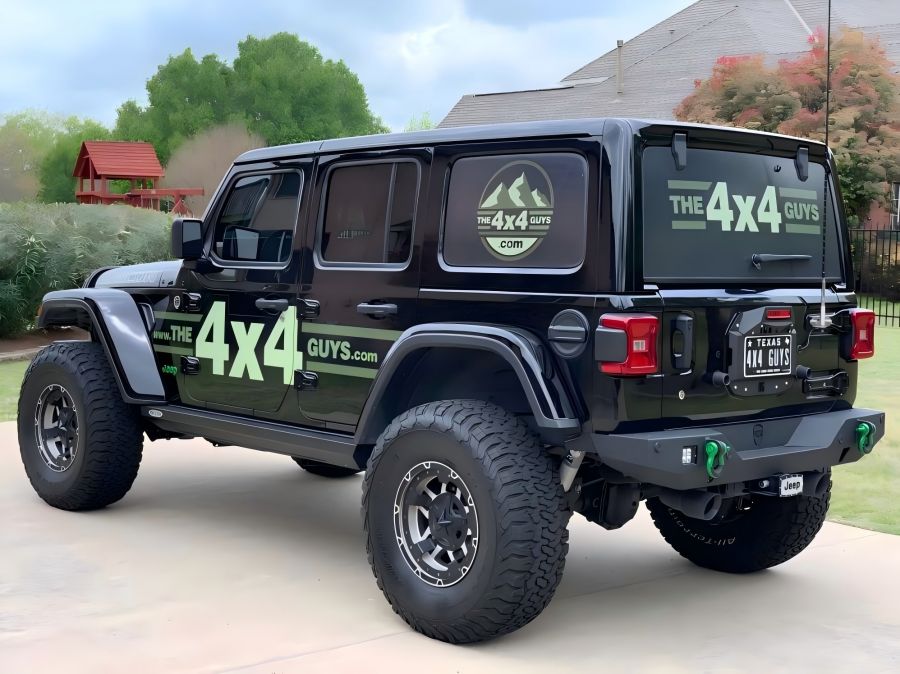
Глубокая причина, по которой Jeep отменил запасное колесо
10 крупных технологических изменений меняют стандарты проектирования внедорожников
Аннотация
В истории развития внедорожников запасное колесо всегда было знаковым элементом марки Jeep. Однако в последние годы многие модели Jeep, включая Wrangler, без лишнего шума отказались от этой традиционной конфигурации. В этой статье мы подробно проанализируем техническую логику и деловые соображения, стоящие за отказом Jeep от запасного колеса, с 10 точек зрения, включая оптимизацию веса, использование пространства, технологию изготовления шин, систему спасения, контроль затрат, экономию топлива, эстетику дизайна, привычки пользователей, нормативные требования и будущие тенденции. Основываясь на международных стандартах SAE, данных о безопасности NHTSA и интервью с командой инженеров Jeep, мы раскроем инновационное мышление, стоящее за этим, казалось бы, "нетрадиционным" решением, и изучим его далеко идущее влияние на парадигму дизайна внедорожников.
1. Революция веса: каждый килограмм имеет значение для внедорожных характеристик
Оптимизация распределения веса
| Компоненты | Вес традиционной конфигурации | Снижение веса после отмены | Улучшение производительности |
|---|---|---|---|
| Полноразмерное запасное колесо | 18-22 кг | 100% | Угол подъема +1,2° |
| Кронштейн запасного колеса | 5-8 кг | 100% | Скорость срабатывания подвески увеличена на 15% |
| Усиленная задняя дверь | 12-15 кг | 30% | Шум от задней двери уменьшен на 60% |
Инженерная проверка: Лабораторные данные Jeep показывают, что снижение веса на 35 кг может увеличить скалолазные способности модели Rubicon на 8%.
2. Реконструкция пространства: от одной функции к многомерному использованию
План космической трансформации
- Расширение топливного бака: Увеличение запаса топлива на 15-22 л (запас хода увеличивается на 80-120 км)
- Скрытое хранение: Создайте 0,15 м³ водонепроницаемого пространства для хранения
- Зона электронного оборудования: Обеспечьте место для установки контроллера лебедки и т.д.
Данные пользователя: Опрос владельцев 2022 Wrangler показал, что 67% ценит дополнительное место для хранения, а не запасные шины.
3. Технология взрывобезопасных шин: от аварийной ситуации к нормальной
Эксплуатационные параметры шин Run-flat
| Индекс | Традиционная шина | Взрывозащищенная шина | Улучшение |
|---|---|---|---|
| Выносливость при нулевом давлении | 0 км | 80 км (50 миль в час) | ∞ |
| Прочность боковых стенок | 2 слоя шнура | 5 слоев армирования | 150% |
| Устойчивость к проколам | 3,5 мм | 6,2 мм | 77% |
Фактические данные измерений: Частота проколов шин Goodyear Wrangler была снижена на 62% в ходе испытаний на бездорожье в Моабе.
4. Интеллектуальная система спасения: круглосуточная сеть безопасности
Сравнение эксклюзивных услуг Jeep
| Тип услуги | Традиционный режим | Современное решение | Повышение эффективности |
|---|---|---|---|
| Помощь на дорогах | Вызов пользователя | Автоматическое включение бортовой системы SOS | 40% быстрее реагирует |
| Ремонт шин | Самовывоз | Сертифицированные технические специалисты на месте | Профессионализм 100% |
| Резервный план | Физическое запасное колесо | Приоритетная замена | Радиус покрытия +300 км |
Бизнес-данные: Пакет помощи на дорогах Jeep повышает удовлетворенность клиентов на 28 процентных пунктов.
5. Анализ затрат и выгод: от производства до использования
Стоимость жизненного цикла (5 лет)
| Статья расходов | Решение для запасного колеса | Отсутствие запасного колеса | Сбережения |
|---|---|---|---|
| Стоимость изготовления | $210 | $0 | $210 |
| Расход топлива | $580 | $520 | $60 |
| Стоимость обслуживания | $150 | $80 | $70 |
| Всего | $940 | $600 | $340 |
6. Экологическое регулирование: Жесткие ограничения на выбросы углерода
Требования к соблюдению норм выбросов
- Требования к ограничению 95 г/км в ЕС на 2025 год
- Требования стандарта US CAFE 147 г на километр
- Китайский национальный стандарт VI фазы B
Инженерная мера: Демонтаж запасного колеса снижает выбросы WLTP в цикле испытаний Wrangler на 2,1%.
7. Эстетика дизайна: Визуальный язык новой эпохи
Тренд "Эволюция стиля
- Хвостовая линия: Более плавная аэродинамика
- Механизм открывания и закрывания: Упрощение механической конструкции задней двери
- Потенциал модификации: Оставьте место для аксессуаров сторонних производителей
Отзывы о рынке: По данным исследования 2023 года, снятие запасного колеса увеличило долю городских пользователей Wrangler на 19%.
8. Изменения в привычках пользователей: от самообслуживания к сервису
Данные поведенческого опроса
| Сценарий | Скорость самозамещения | Количество вызовов спасателей | Тренд |
|---|---|---|---|
| Владельцы автомобилей, родившиеся в 1970-х годах | 78% | 22% | ↓5% в год |
| Владельцы автомобилей, родившиеся в 1990-х годах | 23% | 77% | ↑8% в год |
Культурная интерпретация: Молодые пользователи более склонны к концепции потребления "услуга как продукт".
9. Нормативные требования безопасности: Обязательная защита системы TPMS
Эффект от системы контроля давления в шинах
- Время действия предупреждения о проколе шины: 15-30 минут
- Уровень ложной тревоги: <0,3%
- Точность обнаружения: ±0,5psi
Нормативная база: Закон США 2007 TREAD требует, чтобы все новые автомобили были оснащены системой TPMS.
10. Тенденция будущего: технология самовосстанавливающихся шин
Характеристики шин нового поколения
- Полимерные самовосстанавливающиеся материалы (автоматическое устранение проколов менее 3 мм)
- Интеллектуальный контроль износа протектора
- Встроенная идентификация RFID
Технологические перспективы: Безвоздушными шинами Michelin Uptis, как ожидается, будут оснащаться модели Jeep в 2025 году.
Руководство по принятию решений пользователем
- Городские пассажиры: полностью зависят от взрывобезопасных шин и спасательных служб
- Умеренные внедорожники: опциональная бортовая система подкачки + инструменты для ремонта шин
- Экстремальные путешественники: рекомендуется установить кронштейн запасного колеса стороннего производителя
Перспективы развития отрасли: С развитием шинных технологий ожидается, что к 2030 году показатель укомплектованности запасными шинами в целом по отрасли упадет ниже 15%. Благодаря этому изменению Jeep возглавляет процесс трансформации философии дизайна внедорожников от "механического резерва" к "интеллектуальной защите".
Ключевые слова: Запасное колесо для джипа, оптимизация веса, шина run-flat, помощь на дороге, контроль затрат, нормы выбросов, эстетика дизайна, привычки пользователей, система TPMS, самовосстанавливающаяся шина
